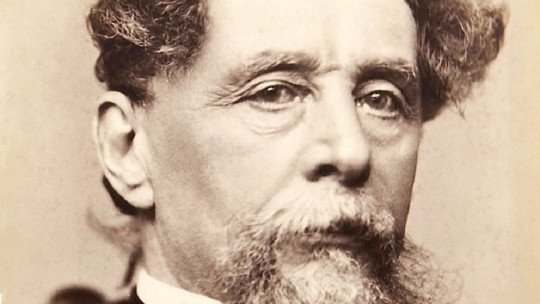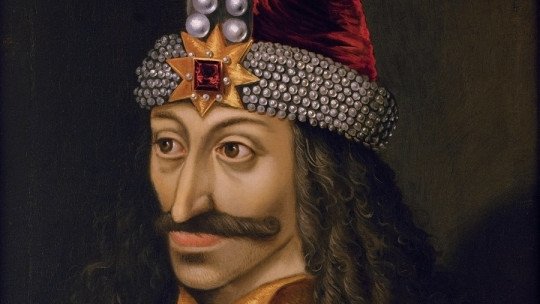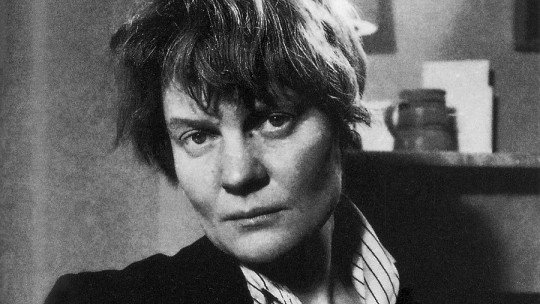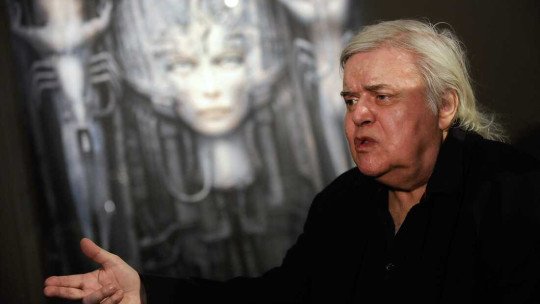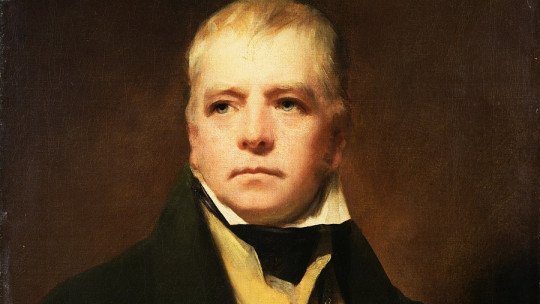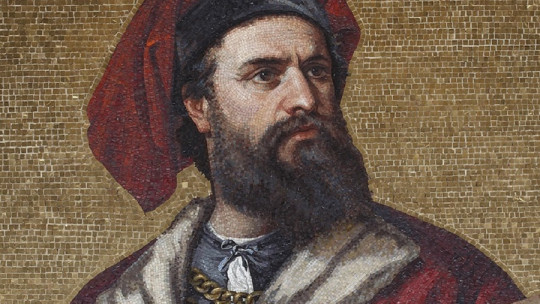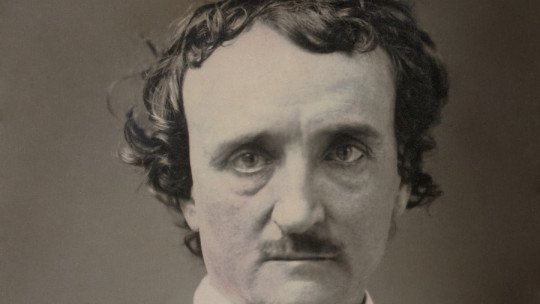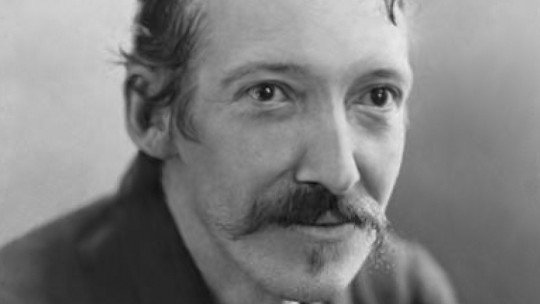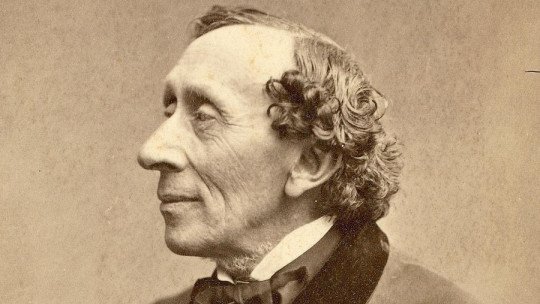
Hans Christian Andersen’s children’s stories are known throughout the world, often thanks to the versions that certain film production companies have made of them. However, stories don’t always stick; On numerous occasions the unhappy ending of the story is changed for something happier. And, as we will see, not all of this Danish writer’s stories end well…
The duckling who has been rejected by his brothers discovers, at the end of the story, that he is a swan. But the little mermaid, in love with a human prince, turns into sea foam after seeing his unrequited love. And the little match girl, who lives in complete poverty, dies at the mercy of the cold…
Behind Andersen’s stories are actually hidden biographical data of the author, who did not exactly have a happy childhood. In The little match girl, the writer reproduces the poverty of his childhood days; in The ugly Duckling, the rejection he experienced at school from his classmates; and in The little Mermaidthe author is probably reflecting his continuous heartbreaks.
Brief biography of Hans Christian Andersen, the great writer of children’s stories
Many of them came directly from the writer’s imagination, but others are reproductions of oral stories that he had heard in his childhood. Popular folklore is for Andersen, as it was for Charles Perrault or the Brothers Grimm, an invaluable source for his stories.
Our protagonist’s mother, Anne Marie Andersdatter, was a nearly illiterate washerwoman who, before marrying Hans’s father, had had to beg to survive. The writer would never forget the stories that his mother told him before going to sleep, taken from Danish oral tradition. On the other hand, the father, Hans Andersen, had, despite being a humble shoemaker, a more than adequate collection of books, with which little Hans Christian began to dream.
The Danish “ugly duckling”
When Hans Christian was born in April 1805, his mother took him to a local fortune teller to predict his future. The psychic was concise and clear in stating that the boy would be very successful, although she did not specify in what field.
The childhood that little Hans spent in Odense, his Danish hometown, was not at all successful. His unattractive physique and withdrawal, as well as his perennial daydreaming, earned him the cruel ridicule of the other children which Hans locked inside him like a wound that never closed.
In fact, it is well known that, as an adult (and paradoxically), the great author of children’s stories had a certain phobia of children, whom he did not want at his side. Perhaps this fear was a remnant of that suffering that he had to suffer in his earliest childhood, who knows.
In any case, That Danish “ugly duckling” was tremendously gifted in poetry and music. In fact, singing was his great passion; Hans had a beautiful voice that, later, as a famous writer, he used to read his stories and attract the public.
Behind the scenes
When his father died, Hans was only eleven years old. Given the poverty of the family and the impossibility of supporting himself without the parent, the teenager had to leave school and go to work.
Three years later, at the age of fourteen, he left for Copenhagen to try his luck on the stage, which attracted him irremediably. His first performances brought him success, because his voice is truly beautiful. However, as his voice changes with puberty (others say that his voice suffered from the cold of the rooms where he lived poorly), his singing path is closed forever.
Hans then tries his luck with his other passion: theater. In those younger years he wrote some plays, which passed unnoticed, and tried to be an actor. Again, without success. The laurels predicted by the fortune teller resist.
Despite everything, it seems that the Danish “ugly duckling” has a certain appeal, as soon some powerful people begin to notice him. This is the case of Jonas Collin, the then director of the Royal Theater in Copenhagen who, in addition to sponsoring his career, would become one of his closest friends. Also sponsored by (no less) than King Frederick VI of Denmark, young Hans can pursue higher education.
First steps as a writer
In 1827, a young twenty-two-year-old Hans Christian published his first poem, The dying child, which is quite successful. A few years later it appears The improviser (1835), his first novel, which also brought him some renown. Hans has directed his steps towards literature, but he has not yet written any stories.
But it will. Wow it will. The Dane would write no less than 168 stories in his entire career; stories that include memorable titles such as The ugly Duckling (1843), inspired by the ridicule he received in his childhood; The emperor’s new suit (1837), The lead soldier (1838) or The little Mermaid (1837). Soon, his children’s stories achieve tremendous success (the same one that the fortune teller had predicted), and Hans Christian Andersen begins to be known throughout Europe.
Tireless and curious traveler
A Europe that, by the way, the writer wants to know. Another of Andersen’s passions is traveling, so, when he begins to earn a good living with his stories, he begins a series of tours around the continent that take him to visit Germany, Italy, England (where he meets Charles Dickens, of the who becomes a friend) and, of course, Spain, the land he has always wanted to see.
The truth is that our writer had let himself be carried away by the topics of the moment, spurred by a booming Romanticism. Andersen wants to know exotic and “middle eastern” Spain, full of beautiful dark women and unique bandits on horses. When she finally arrives in Barcelona (after a tortuous journey by stagecoach), perhaps reality disappoints her exalted imagination. Because, even though she likes what she sees, she finds nothing that resembles that idealized Spain that authors like Merimé or Hugo have been responsible for promoting.
In any case, he says that Barcelona is “majestic”; from Seville, “the queen of cities,” and from San Sebastian, the last stop on her trip before returning to her homeland, she comments that she is “genuinely Spanish.” The only city that seems to disappoint him is Madrid, which he does not consider “enough” to be the capital. Except, of course, for the Prado, which fascinates him.
A life full of heartbreak
Andersen’s love life was not at all satisfactory, as reflected in stories such as The lead soldier either The little Mermaid. It seems that he was bisexual, since he was attracted to men and women.
One of his platonic loves was the opera singer Jenny Lind, to whom he dedicated the story The Nightingale (1843). He also fell in love with the sister of a classmate, a certain Riborg Voigt, who apparently inspired the character of the dancer in the Little Soldier.
One of her longest relationships was the one she had with the dancer Harald Scharff (1836-1912), which brought her incredible moments of happiness, according to her own testimony. When the dancer abandoned him in 1863, Andersen fell into sadness.
The storyteller who had a phobia of children
Most of his contemporaries agree that Andersen was a peculiar being. Shy and withdrawn, extraordinarily sensitive, our writer hid too much suffering inside him to show himself like other men. He was incredibly eccentric; His friend Charles Dickens, after living with him for five weeks (he had invited the writer to his English house), kindly asked him to leave, because she couldn’t stand him anymore…
It seems that he suffered from several phobias; among them, dogs, fires and, above all (and this is what is most shocking) to… children! Yes, the great creator of children’s stories couldn’t stand children around him. But it was not disgust, but rather fear, that made her avoid his company. Perhaps the cruel taunts of his schoolmates still resonated too strongly within him.
In any case, Andersen managed, with his stories, to speak to children in their own language. The man who had a phobia of children, deep down, understood them perfectly.
Hans Christian Andersen died in 1875, presumably from liver cancer, although in 1872 he had suffered a fall from bed that left him badly damaged. With him went one of the greatest narrators in literature. They say that, when he established which funeral march should be played at his funeral, he asked that its rhythm be slow enough so that the children’s small steps could follow it. The author anticipated that the children would attend his funeral and say goodbye to the one who had given them their voice.

